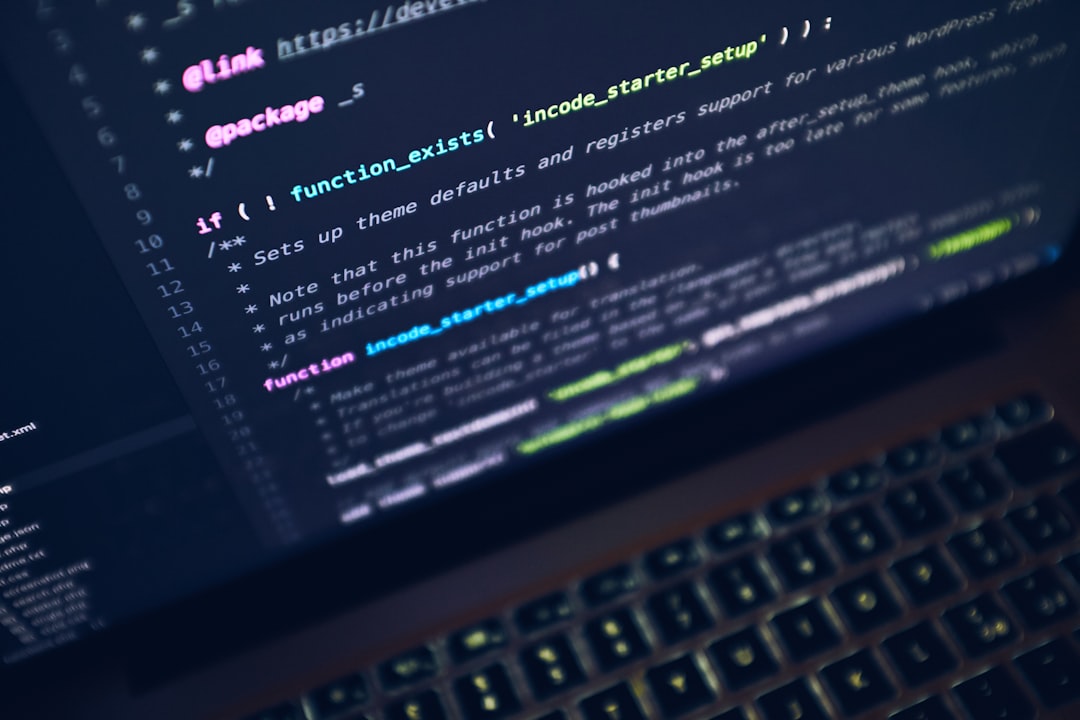
Key Economic Indicators to Watch This Year.
# Introduction. In the fast-paced world of finance and economics, understanding key economic indicators is essential for making informed decisions. These indicators provide vital insights into the economy's health, guiding investors, businesses, and policymakers alike. As we delve into this year’s landscape, it's crucial to highlight the indicators that will shape and define economic conditions not just now, but also in the years to come. By focusing on these specific metrics, we can better navigate the complexities of the market. # 1. Gross Domestic Product (GDP) Growth Rate. Gross Domestic Product (GDP) is the most comprehensive measure reflecting a country's economic activity. The GDP growth rate indicates how quickly an economy is expanding or contracting. A robust growth rate leads to increased consumer spending, bolstered investment from businesses, and improved employment rates. In contrast, stagnant or negative GDP growth often signifies economic troubles that could warrant strategic financial adjustments. Observing fluctuations in GDP growth can offer insights into future trends, making it a focal point for economists and investors alike. ### Understanding GDP Components. To truly interpret GDP growth, it's important to analyze its components—consumption, investment, government spending, and net exports. An increase in consumer expenditure, for instance, often correlates with consumer confidence and can hasten economic recovery during downturns. Similarly, a dip in government spending may indicate a need for fiscal policy adjustments to stimulate growth. # 2. Employment and Unemployment Rates. The employment rate illustrates the percentage of the working-age population that is currently employed. Conversely, the unemployment rate measures the percentage of the labor force actively seeking employment but unable to find work. Together, these metrics offer a clear snapshot of labor market health. ### Impact of Employment on Economic Conditions. When employment rates rise, consumer spending typically follows, as employed individuals tend to spend more. This impacts overall economic growth positively. On the other hand, high unemployment can lead to reduced spending, causing businesses to scale back production and thus dimming growth prospects. Monitoring these metrics can signal emerging economic trends and inform policy decisions regarding jobs, training, and education. # 3. Inflation Rate. Inflation reflects the rate at which the general price level of goods and services rises, eroding purchasing power. Low inflation typically signals a healthy economy, as it encourages spending. However, running inflation above targeted levels can trigger central banks to adjust interest rates to stabilize prices. Central banks typically have a targeted inflation rate (around 2% for many) that guides their monetary policies. ### Different Types of Inflation. It's advantageous to understand various forms of inflation, such as demand-pull inflation—where increased demand outpaces supply—and cost-push inflation, where rising costs drive prices up. By distinguishing between these types, businesses and policymakers can devise appropriate responses. # 4. Consumer Price Index (CPI). The Consumer Price Index (CPI) measures changes in the price level of a market basket of consumer goods and services. It acts as an economic indicator of inflation and it is often the basis for economic policy decisions. A rising CPI can indicate inflationary pressure, leading to changes in monetary policy by central banks. ### Analyzing CPI Trends. Understanding CPI trends can empower consumers and businesses to adapt their strategies. For example, rising prices indicate a need for budgeting adjustments or revising pricing strategies in businesses. Keeping an eye on CPI fluctuations can help stakeholders prepare for economic shifts. # 5. Retail Sales Data. Retail sales data provides a direct correlation to consumer spending, which is a fundamental driver of economic growth. Rising retail sales signals consumer confidence, often accompanied by increased employment and wage growth. Conversely, declining retail sales may trigger concerns about oversupply or decreased demand in the economy. This data can provide insight into consumer behavior and spending patterns, assisting in forecasting trends in various sectors. ### Importance of Seasonal Adjustments. It is also useful to consider seasonal adjustments when analyzing retail sales data, as trends might fluctuate throughout the year. Understanding these seasonal patterns can bolster business planning and economic forecasting. # Conclusion. Monitoring economic indicators is essential to make sense of the complex financial landscape. By keeping a close eye on GDP growth rates, employment statistics, inflation, the Consumer Price Index, and retail sales data, stakeholders can better anticipate economic conditions and adjust their strategies accordingly. As we navigate through the year, being attuned to these indicators will empower individuals and businesses to make informed, strategic decisions. The economic environment is ever-changing, but knowledge is the key to successful engagement in this dynamic arena. .






